Purple Heart (in Silver, Privately Engraved)
CATEGORY: Version
SKU: 02.USA.0120.101.01.003
Estimated market value:
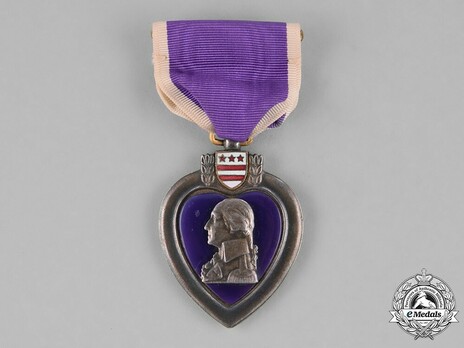
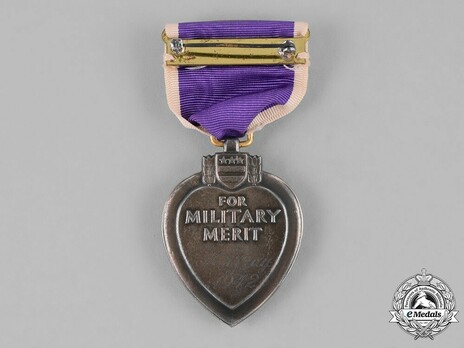
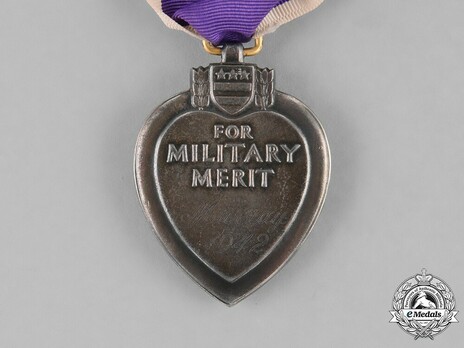
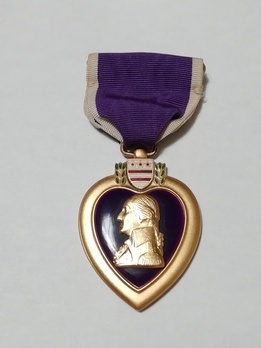
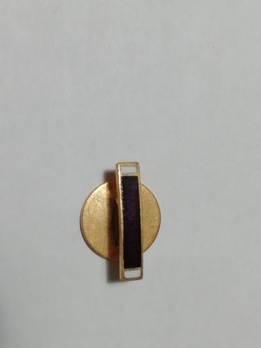
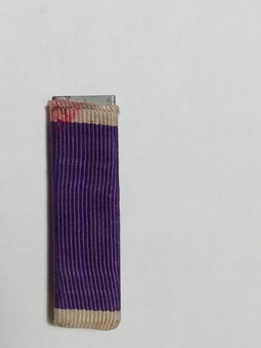
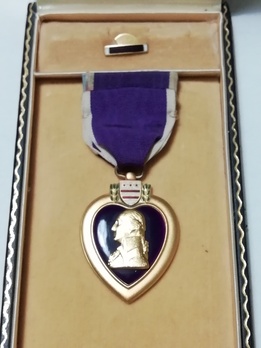

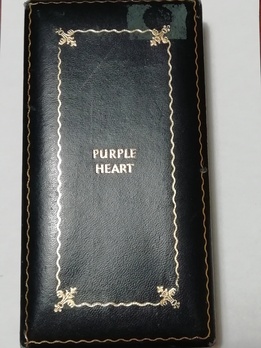
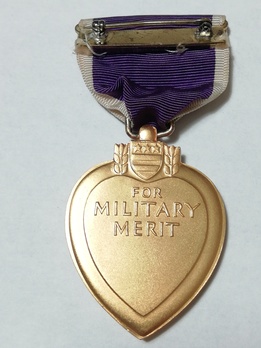
Estimated market value:
The Purple Heart was originally established by President George Washington on August 7, 1782, as the Badge for Military Merit. After being held in abeyance for over 150 years, the Purple Heart was revived by Presidential Order on the 200th anniversary of the birthdate of George Washington, on February 3, 1932. It is the oldest military award still presented to members of the United States Military.
As of 1932, the first Purple Hearts were manufactured by Bailey Banks & Biddle (no.1-40,000), followed by The American Emblem Company (No. 40,001-59,499), Bailey Banks & Biddle (1937, No. 59,500-61,999) and The Medal Arts Company (1938, no. 62,000-67,499 and 1939, No. 67,500-76,999). The Purple Hearts manufactured by these companies composed of bronze, then gilded, with the heart consisting of enamel, stamped with an issue number along the left rim. In 1939, The Metal Arts Company manufactured the Purple Heart, stamping along the left rim with a five digit number. In 1942 to 1943, the Rex Product Company (No. 100,000-400,000) and the Robins Company (No. 400,001-600,000) manufactured the hearts of gilded bronze, with the hearts in either enamel or plastic (production problems resulted in the enamel heart being changed to plastic), accompanied by a six digit number engraved along the top right edge. From 1943 to 1945 the Purple Heart was made of bronze, then gilded, with a plastic heart. These years produced the first hearts with no numbers engraved in the medal. From 1970 onwards, the decoration consists of gilded bronze, with a plastic heart and a crimp brooch, without numbers.
The Purple Heart was initially intended as an award for Army personnel, but in 1942 it was extended to members of the Navy and Marine Corps. It was originally awarded to living soldiers and civilian personnel who were wounded during the First World War or in earlier conflicts. The Purple Heart was also awarded to Army personnel in recognition of meritorious service between December 7, 1941, and September 2, 1942, until the Legion of Merit was instituted. The award has since been used only to recognize wounds incurred as a direct result of enemy action in combat. To merit the award, wounds must have been treated by a medical officer and officially recorded.
Since its inception, the Purple Heart has not changed structurally but has undergone numerous changes in relation to qualifications. In 1973, the award of the Purple Heart was amended to include service members who were wounded in military operations outside of the United States as part of a peace-keeping mission, and in 1984, it was expanded to service members and civilian military employees who were wounded as a result of an attack by an internationally recognized terrorist group. Prisoners of war who were wounded after April 25, 1962, also became eligible for the award in 1985, and in 1997, awards to civilians were revoked.
The Purple Heart currently recognizes wounds received in action against an enemy of the State, against an opposing armed force of a foreign country in which the United States is or has been engaged with, in friendly fire in the heat of battle, in service with friendly foreign forces engaged in armed conflict against an opposing armed force in which the United States is not a hostile party, as an indirect result of enemy action, and in a domestic attack inspired by a foreign terrorist organization. The award is also presented to service members who received mild traumatic brain injuries and concussive injuries in combat. On rare occasions, animals holding a military rank may be eligible for the award.
In 1952, posthumous awards of the Purple Heart were authorized.
An oak leaf emblem is worn on the ribbon to denote additional awards for members of the Air Force and Army, while a star emblem is worn on the ribbon to denote additional awards for the Navy, Marine Corps, and Coast Guard.

Comments
Sign in to comment and reply.

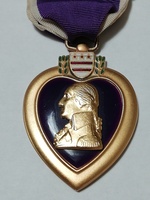


Scroll Top